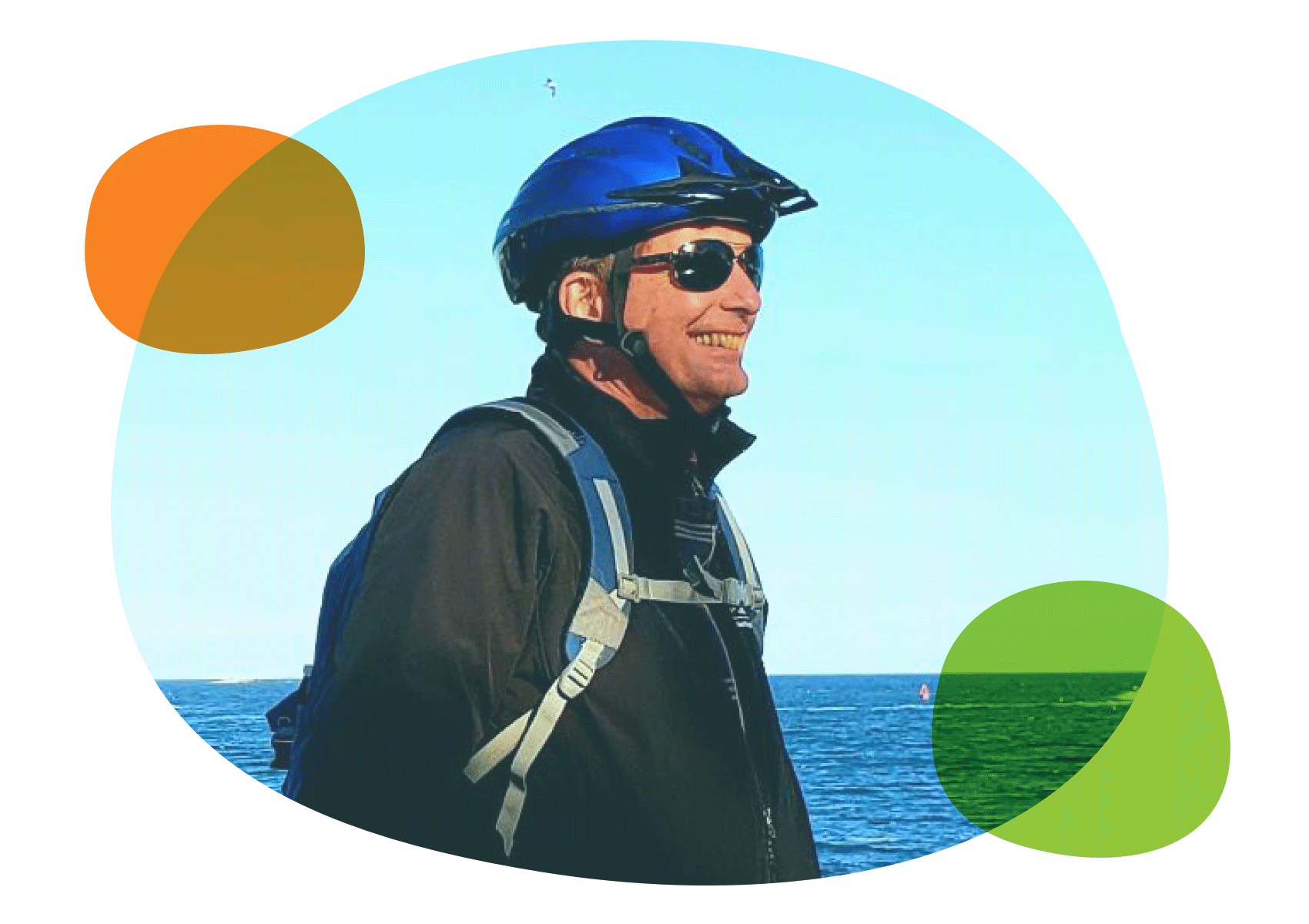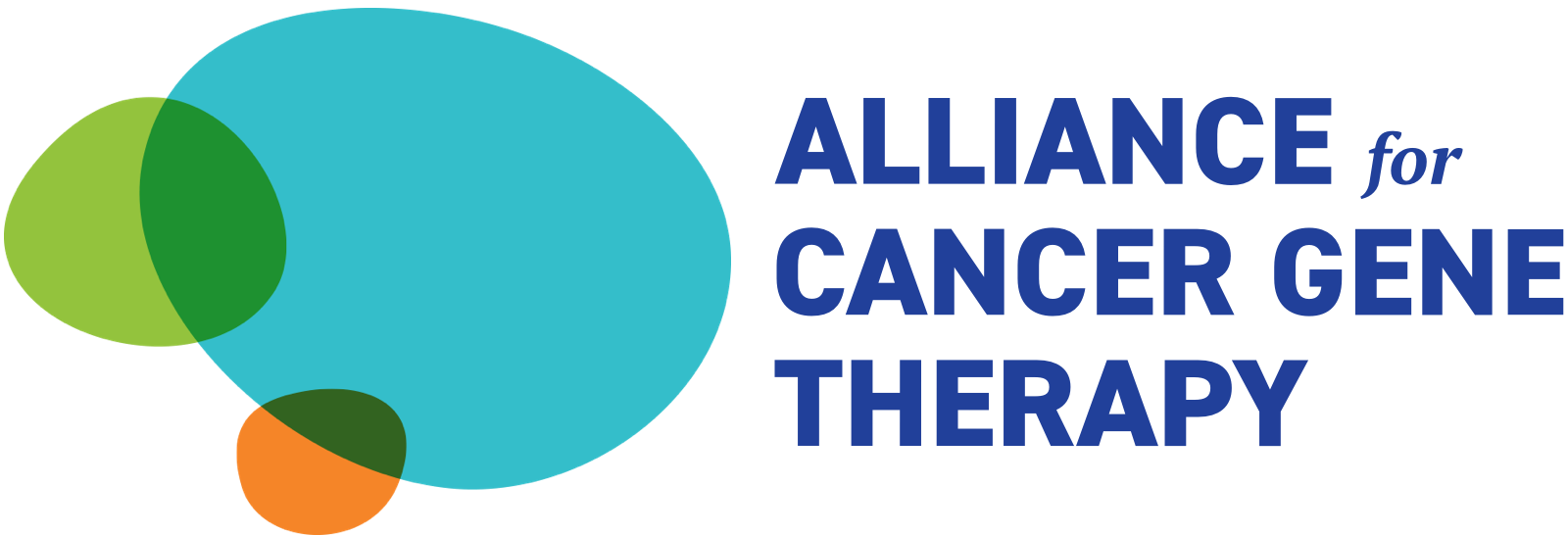Meet Doug Olson (13 years cancer-free)

The science made sense to me.
“When I was a young scientist, like many I’m sure, I dreamed that I might make a discovery that would make a difference to mankind,” says Doug Olson. “I never imagined I would be part of the experiment.”
The experiment in which he participated was the 2010 CAR T-cell therapy clinical trial for advanced B cell leukemias and lymphomas led by Alliance for Cancer Gene Therapy Research Fellow and Scientific Advisory Council Member Carl H. June, MD, of the University of Pennsylvania Abramson Cancer Center in Philadelphia, PA. Doug’s physician, David L. Porter, MD, was principal investigator for the clinical trial at Penn.
Dr. Porter originally diagnosed Doug’s chronic lymphocytic leukemia (CLL) in 1996 and at that point recommended a “watchful waiting” treatment plan because his was a slow growing type of cancer. After six years of regular blood workups, the numbers began to indicate cancer advancement and signaled it was time to begin chemotherapy to slow the growth.
“Chemotherapy treatment worked another five years,” says Doug. “Dr. Porter advised that treating early CLL was like having any other chronic health condition – it needed to be monitored and appropriately controlled. He also told me that he would take care of me. I never doubted that.”
The next round of chemotherapy worked for less than three years, so it was time to explore options beyond chemotherapy.
“Dr. Porter said it was time to get serious about considering a bone marrow transplant,” says Doug. “He also told me they were about to launch a new clinical trial. Knowing my science background, he provided me with the clinical protocol for that trial. I remember reading through it and thinking this could work. This could really work. I was excited about the science, as it was a direct targeted attack on my cancer with my own immune system. I remember feeling really hopeful, and I decided to go for it.”
Doug remembers sitting in the infusion chair on Sept. 13, 2010 and seeing the scientists coming through the door with his cells. “They were really excited, as they were the women who had actually re-engineered my cells in the lab,” says Doug.
It was somewhat anticlimactic after that, he says, to do the three days of infusions. He left Penn without feeling any different and proceeded to have a wonderful fall weekend with his son’s family. It wasn’t until about two weeks later that he felt the expected flu-like symptoms. “I got pretty sick and was actually happy because then I knew the process had begun,” says Doug.
A week later, Dr. Porter told him that 18% of his white cells were now CAR T cells and that the experimental therapy was working. The cancerous CLL cells were being killed by the re-engineered CAR T cells. “That’s when I knew I was going to make it,” says Doug. Another week later, Dr. Porter advised there were no cancer cells remaining in Doug’s body. “I was overjoyed, especially when I started thinking about the fact that it wasn’t just for me,” says Doug. “This meant there had been a paradigm shift. There was hope for other patients.”
Grateful for his remarkable recovery, he felt an obligation to keep healthy and started running with encouragement from one of his sons. Later he became a Leukemia and Lymphoma Society Board Member, part of the LLS First Connections Program and patient advocate for CMaT (NSF Engineering Research Center for Cell Manufacturing Technologies), spearheaded at Georgia Tech to manufacture cell-based therapeutics at lower cost for broad industry and clinical use.
“It’s truly important to think about how these new lifesaving gene therapies are being paid for,” says Doug. “Quite frankly, it’s organizations like Alliance for Cancer Gene Therapy that should be really proud of what they do. At the time, of course, I had no idea my clinical trial was supported by the Alliance. It was kind of cool to find out there were organizations that recognize this important research.”
Doug says it’s a privilege being able to help other patients and talk with them about how the entire field of cancer and gene therapies has exploded. “When I talk with cancer patients now, I say if this doesn’t work, something else is probably around the corner. I try to give them hope and to take a bit of the scariness out of it for them.”
More than a decade later, Doug remains in remission. “I still think about what it must have been like for David Porter, for Carl June, for Bruce Levine – that aha moment when they saw this thing was working must have been just incredible. You know, science is mostly failure, so it had to be just mind-bending to realize that it worked. I’m grateful and proud to have been a part of this trial.”



